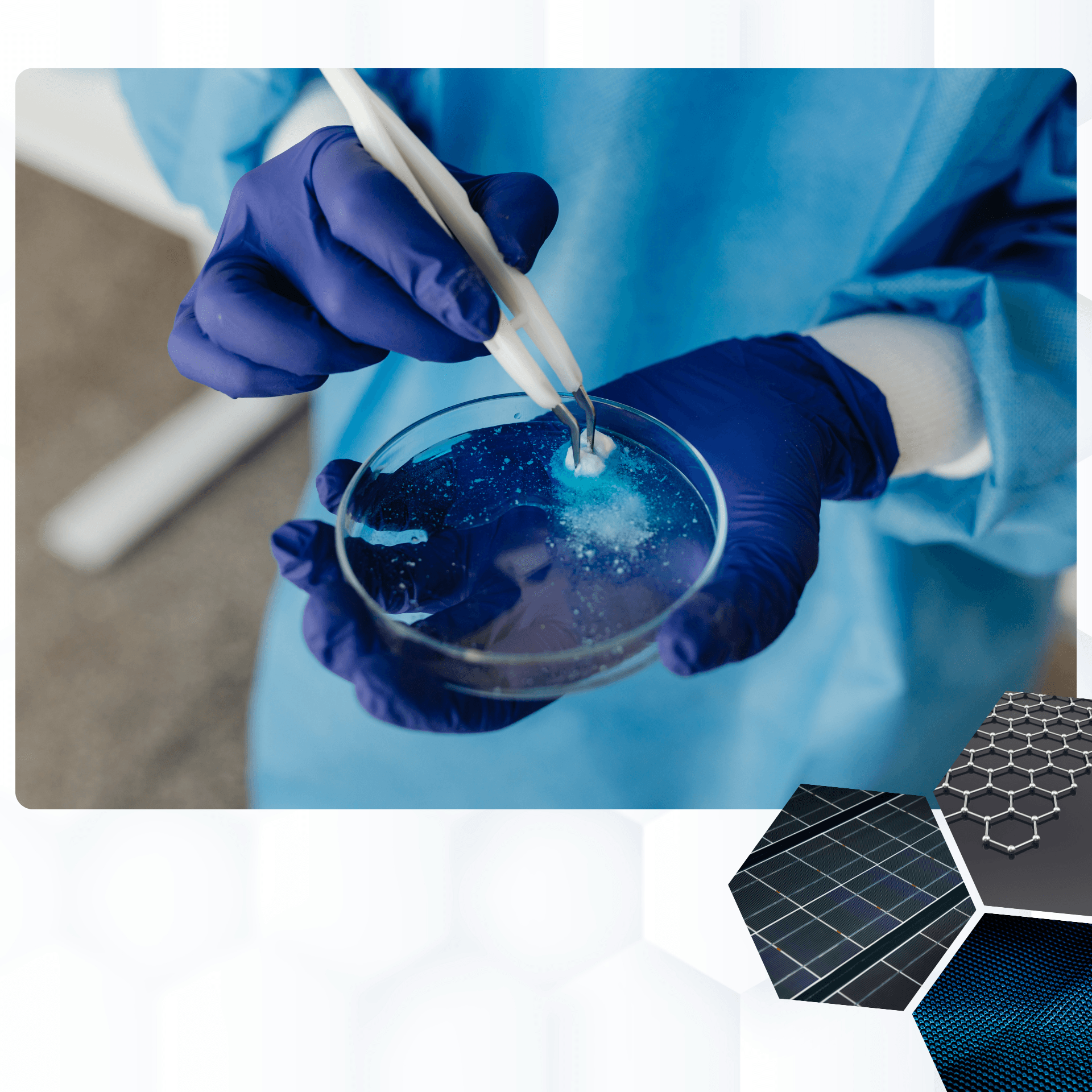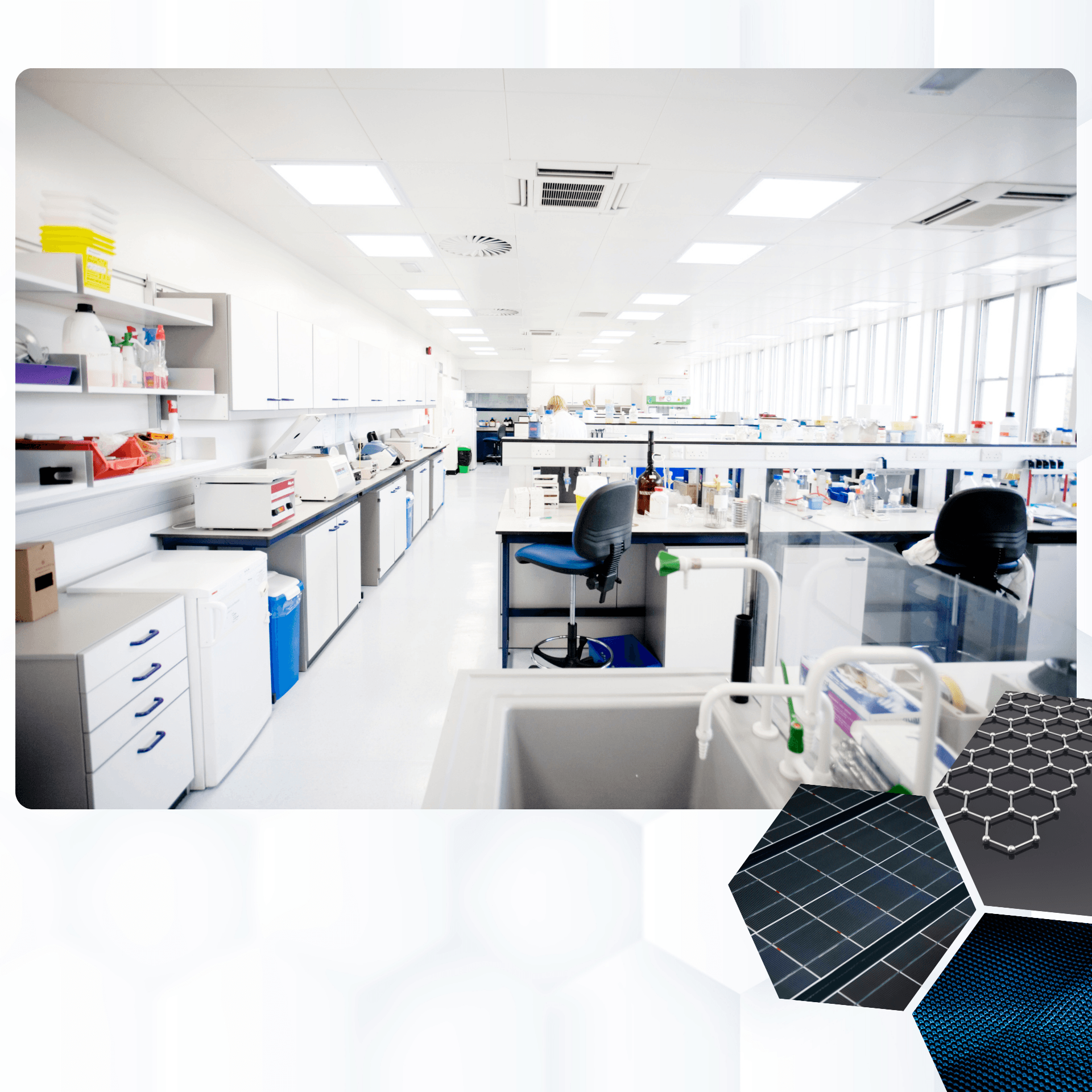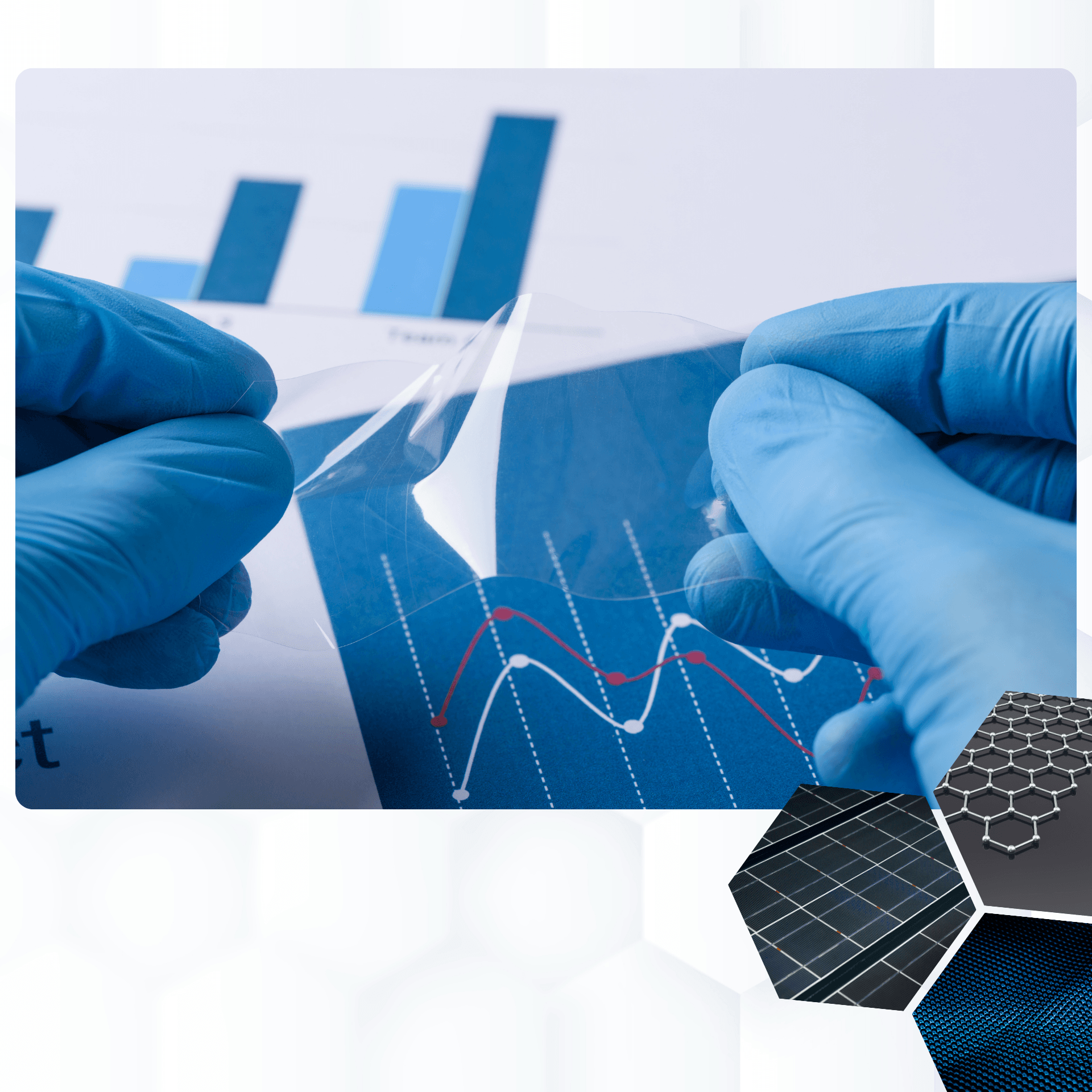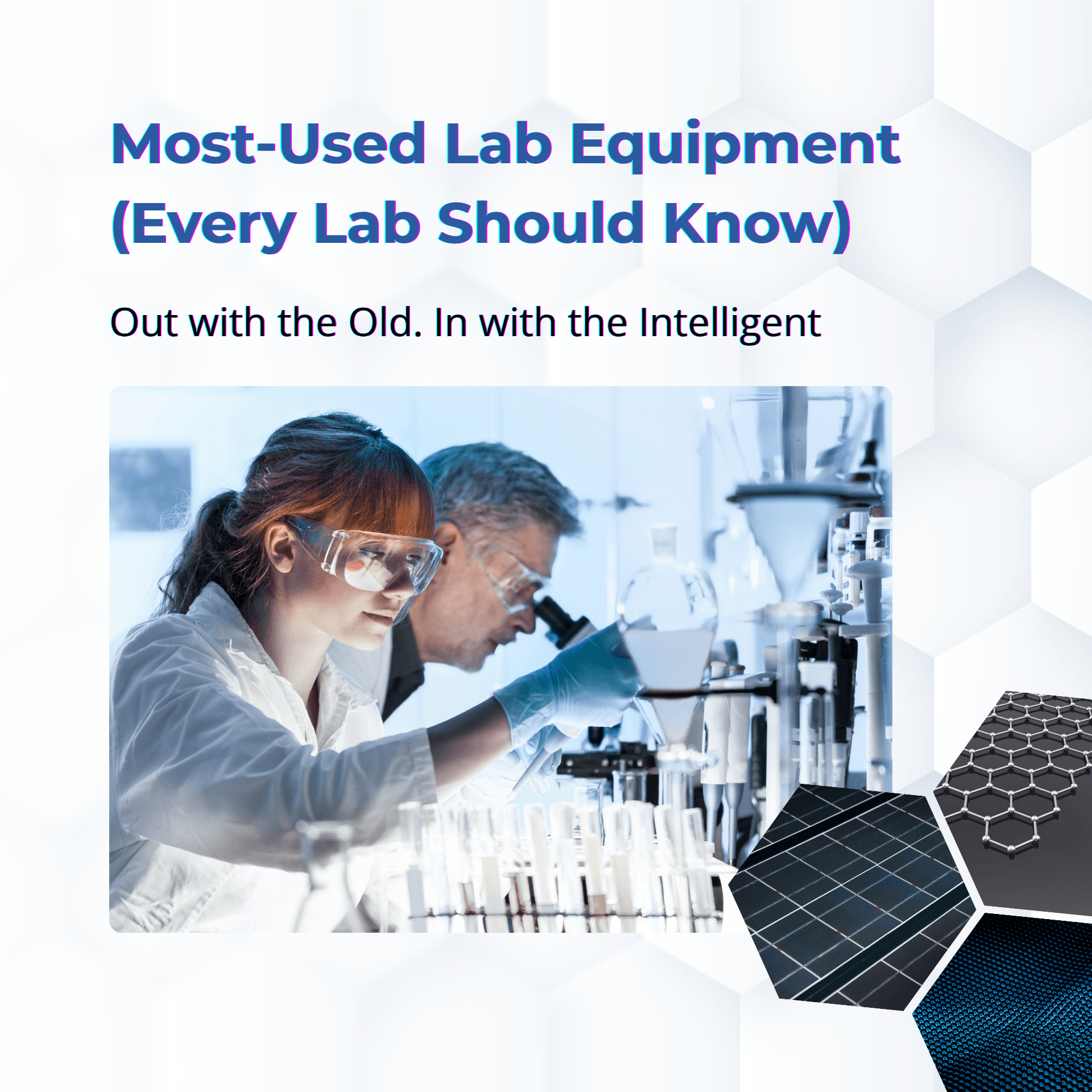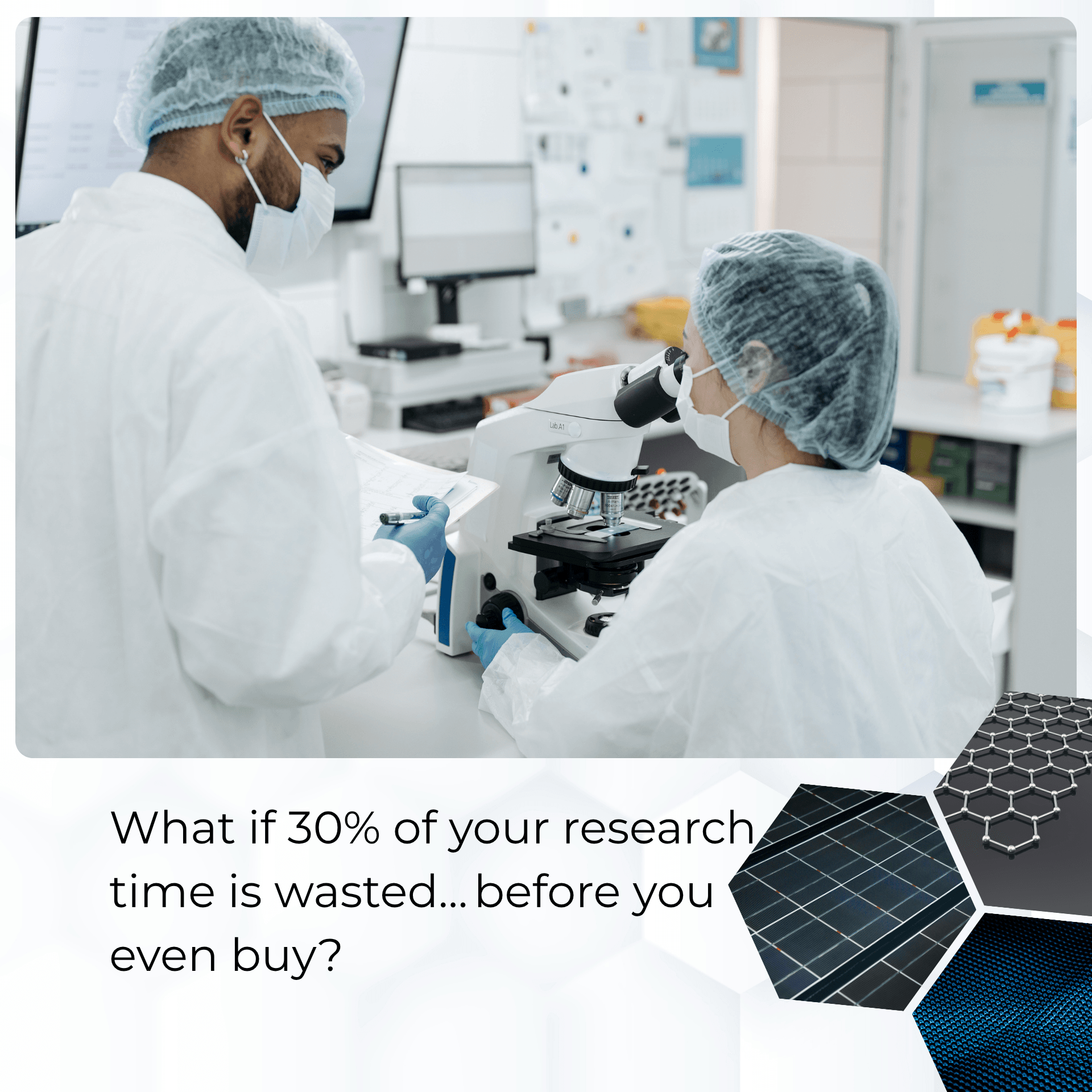Magnetic Properties Of Nanocarbon
Carbon nanotubes, can they be magnetic? Yes, scientists have indicated that carbon nanotubes can become magnetized when they come into contact with a magnetic material. And carbon nanotubes (CNTs) are already known to exhibit exceptional electrical conductivity, heat conductivity, and mechanical properties. They are most likely the best electron field emitters available. They are pure carbon polymers that can be reacted and manipulated using carbon’s well-known and extremely rich chemistry. So how does this work for new equipment and the situations that use CNTs? Well, that is one of the areas of focus in latest research work around the globe. And using spray pyrolysis for synthesis of magnetic nanocarbon has been one of the topics.
Magnetic properties of carbon nanotubes have received a lot of attention because of their potential applications in medicine, diagnosis, cell biology, analytical chemistry, and environmental technology. The introduction of magnetic CNTs paved the way for the emergence of new approaches in nanobiotechnology and biomedicine. There are numerous preparation techniques for functionalizing CNTs with magnetic nanoparticles, and these versatile strategies lay the groundwork for the development of novel and versatile systems applicable to a wide range of industries and biological areas.
Nanocarbons For Extraction Of Hydrogen From Water
Hydrogen gas is an environmentally friendly fuel because it produces water when burned in the presence of oxygen. And you would like to know that hydrogen can provide nearly three times the energy as gasoline for the same weight. However, the amount of hydrogen available from the Earth’s atmosphere is negligible. Here water, a more widely available compound, could be used to generate hydrogen. But, the chemical reaction that requires the production of hydrogen from water necessitates the use of an external source of energy. Thus making hydrogen an alternative fuel requires minimizing the energy required to produce it while increasing the amount of energy extracted from combusting hydrogen.
In a recent study, researchers from the Indian Institute of Technology Bombay (IIT Bombay) used a new catalyst to extract hydrogen from water. During the process, they used a magnetized catalyst and nanocarbon structures to accelerate hydrogen production while lowering energy costs.
Applications of nanoparticles In Nanobiomedicine
Nanoparticles’ magnetic properties are used in drug delivery, therapeutic treatment, contrast agents for MRI imaging, bioseparation, and in-vitro diagnostics. These nanometer-sized particles are superparamagnetic, owing to their small size. When placed in a zero magnetic field, superparamagnetic nanoparticles are not magnetic, but they quickly become magnetised when an external magnetic field is applied. They quickly revert to a non-magnetized state when exposed to a zero magnetic field. This feature finds many applications and holds a bright future for magnetic nanoparticles. Like nanoparticles used as carriers to transport molecules to specific locations, as in diagnostic or drug delivery purposes. The particles are also used for imaging when combined with fluorescent tagging technology. Another situation where magnetic nanoparticles are commonly used, is in laboratories for magnetic separation of molecules.
We hope the highly trained scientific community gets to identify the best materials for large-scale, and highly economical manufacturing of carbon-based nanomaterial electrodes. So it can help meet our growing energy needs in a sustainable and eco-friendly manner.
References: Sepmag, Downtoearth,
Commonly asked questions
- new emerging technologies
- applications of nanomaterials
- nanoscience and nanotechnology
- nanotechnology in food
- nanotechnology in electronics
- nanotechnology in dentistry
- nanotechnology in textiles
- nanotechnology in biotechnology
- nanotechnology in engineering
- nanotechnology in physics
- nanotechnology in robotics
- use of nanomaterials
Most used lab equipment
- spin coating machine
- magnetic stirrer hot plate
- dry bath incubator
- laboratory fume hood
- laboratory water bath
- orbital shaker incubator
- centrifuge machine
- laboratory colorimeter
- laminar air flow cabinet
- laboratory microscopes
- lab weighing balances
- ph meters for lab
Lab Spin Coater At Best Price in India – Spin coater for laboratory applications
Spin Coating Machine Use – Spin Coating Machine Applications
How to Cut Your Lab Equipment Procurement Time in Half — Without Compromising on Quality or Support*
Three New Applications Of Nano-materials That Will Help Everyday Life
Disclaimer: Content on this site is provided for general informational and educational purposes only and is not a substitute for professional advice. It’s not a substitute for professional advice. So, before making any big decisions, always consult with the experts in the specific field. We’re here to spark curiosity and inspire, but your best bet is to get personalized guidance for your unique situation. Stay awesome and informed!


